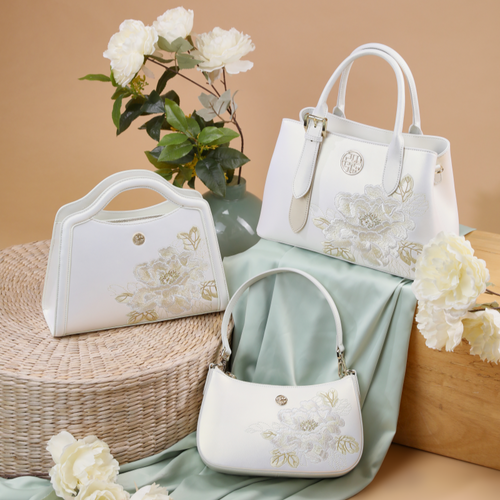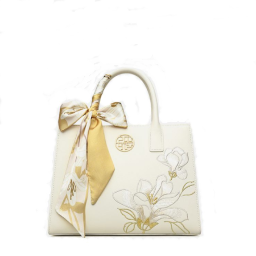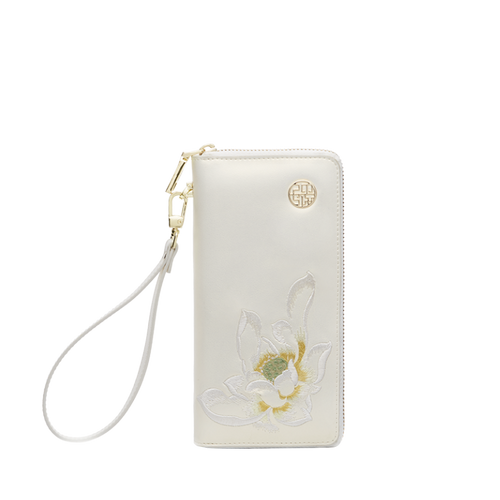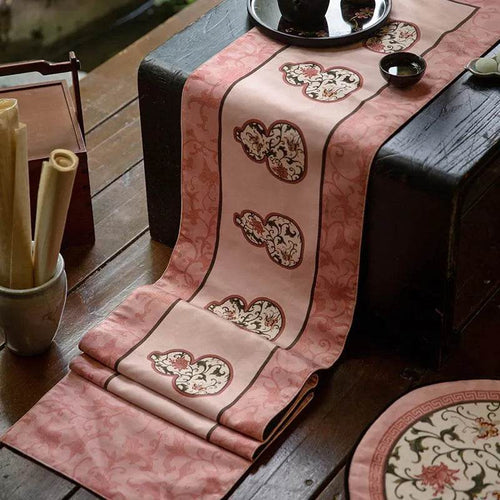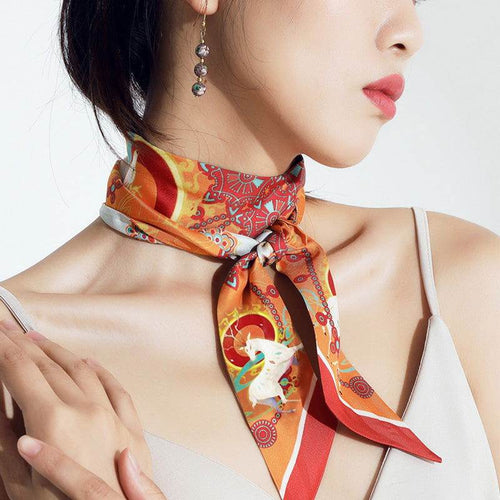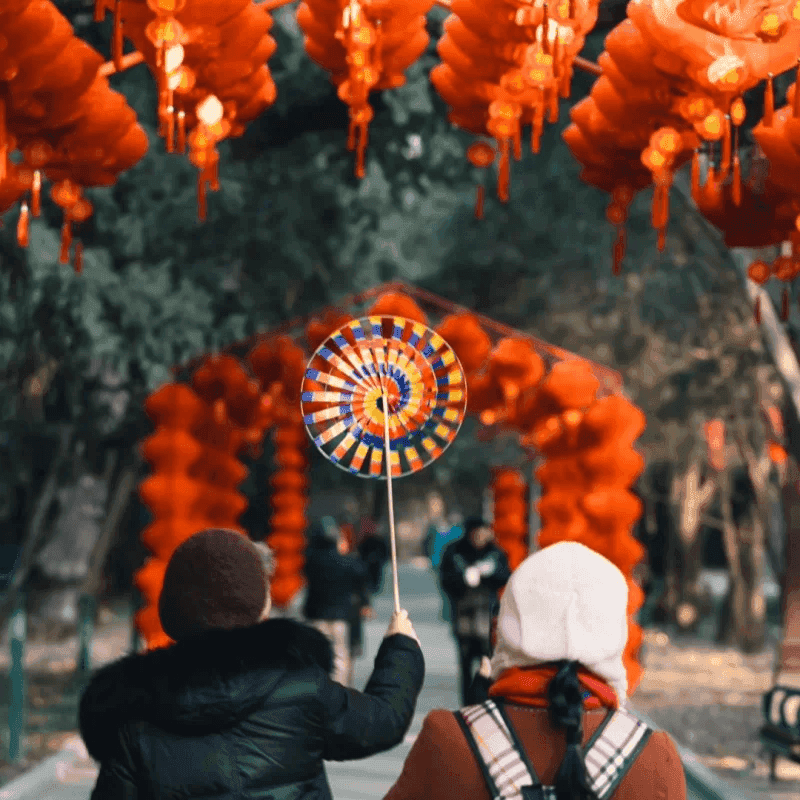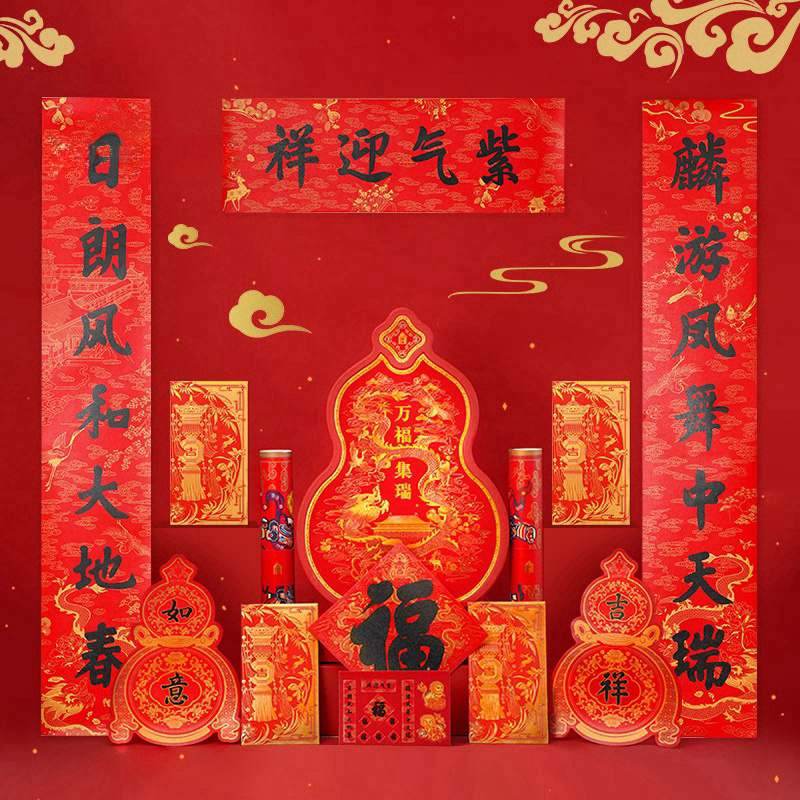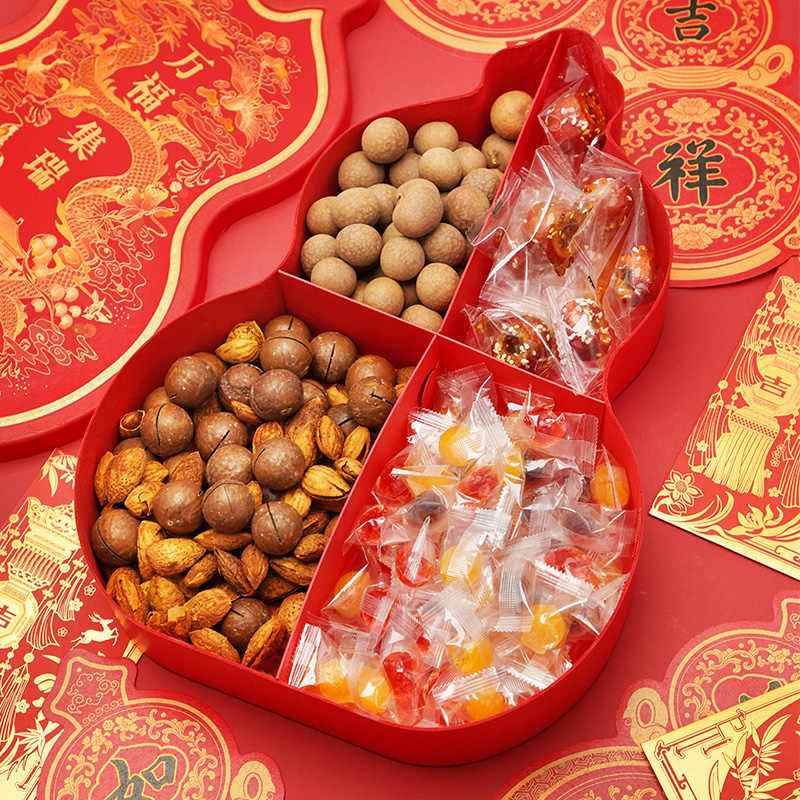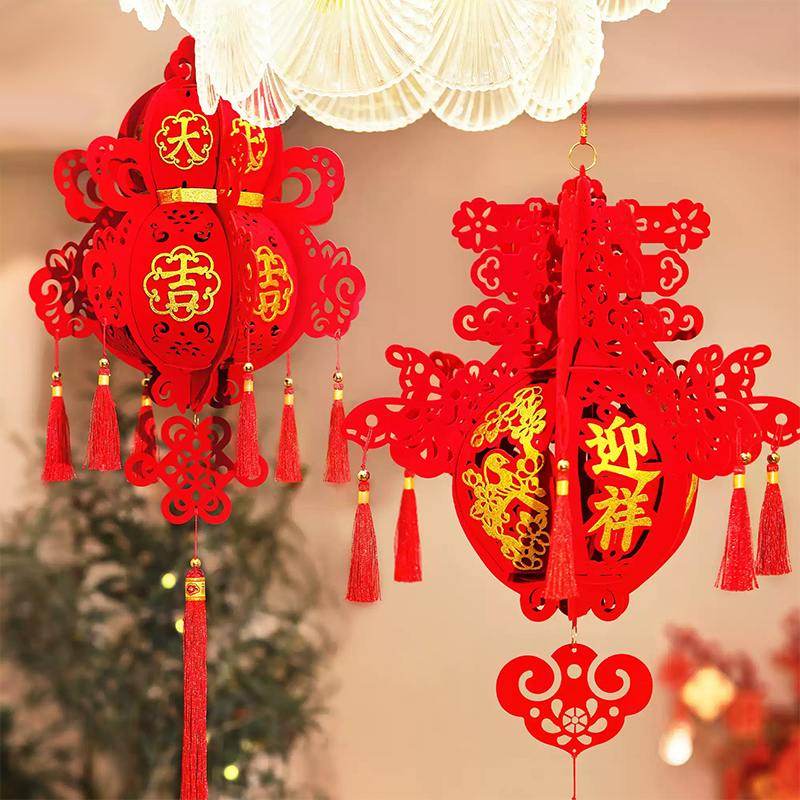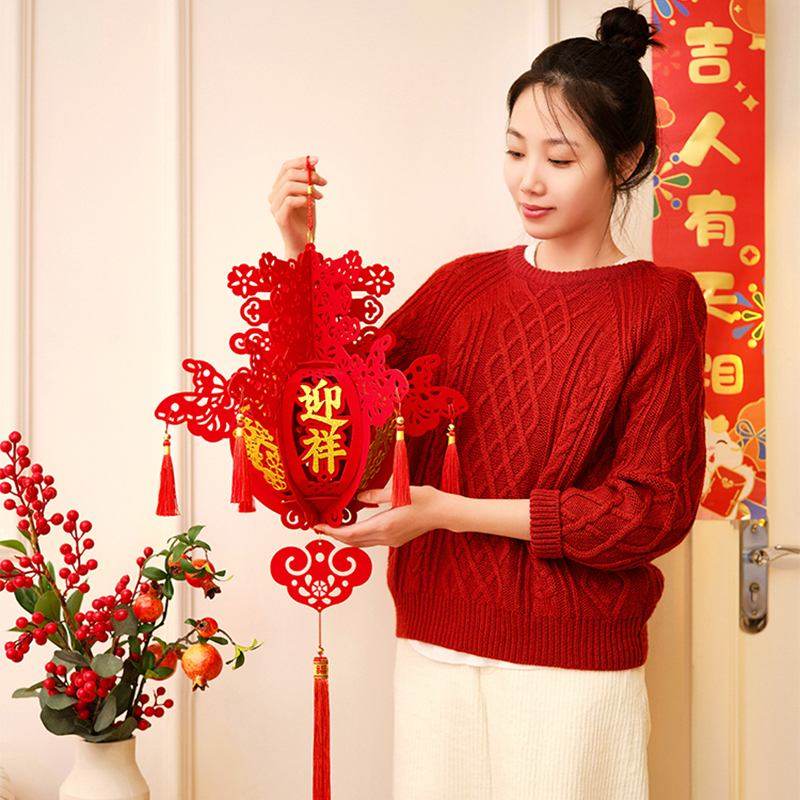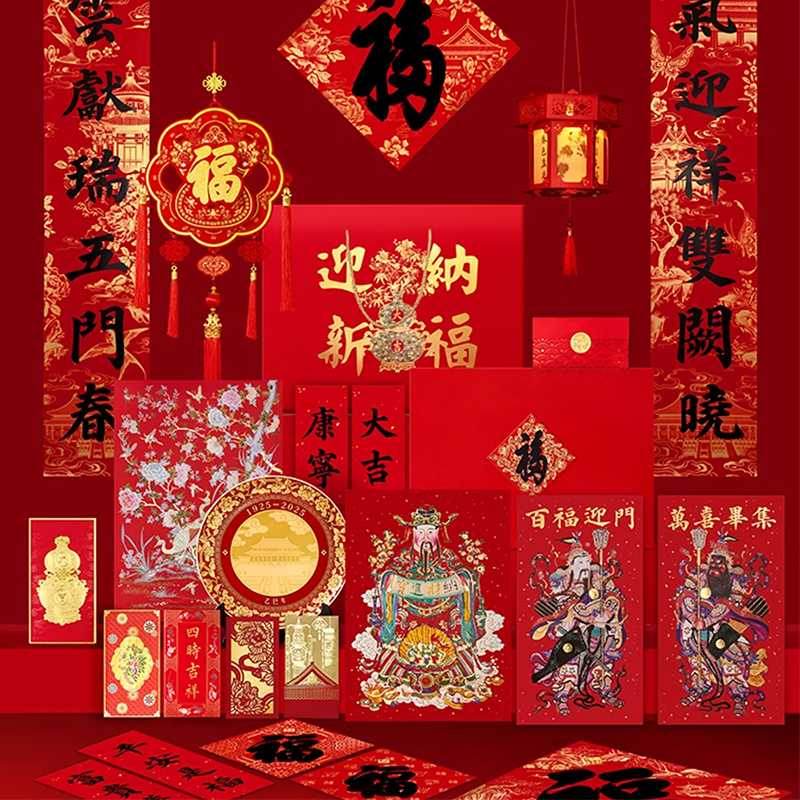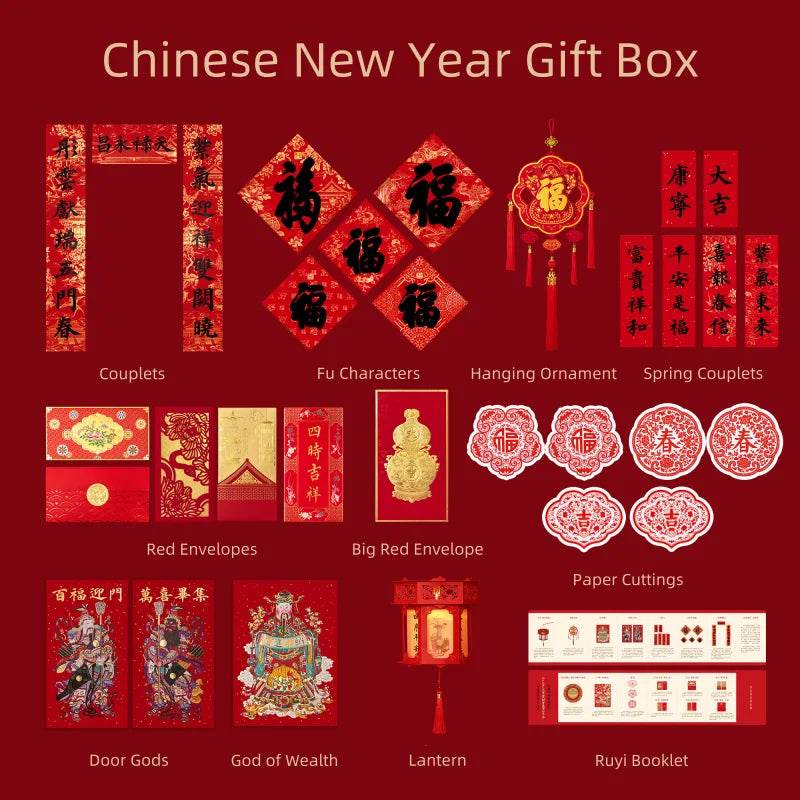When is Chinese New Year 2025?
According to China's newly revised Measures for< National Holidays on Annual Festivals and Anniversaries>, Chinese New Year 2025(Chinese Spring Festival) will be held on January 28th. China's Spring Festival holiday lasts from January 28th to February 4th, a total of 8 days, during which Chinese people will go home to their families and have a good time.
Chinese New Year is a time of family reunions, joyous gatherings, and, of course, indulgence in delicious food. Food plays a central role in this holiday, with each dish bearing its own unique symbolism and significance. Across China’s vast regions, diverse culinary traditions reflect the rich tapestry of Chinese culture and history. This article displays some of the most common and culturally meaningful dishes enjoyed during Chinese New Year, as well as their regional variations and symbolic meanings.

The Importance of Food During Chinese New Year
For many, Chinese New Year is synonymous with a sumptuous feast. The dining table becomes a space where family members share laughter, stories, and hopes for the year ahead. The dishes served are never chosen randomly; each has a deep cultural meaning tied to good fortune, health, longevity, and prosperity. These meanings often stem from wordplay, as the names of certain foods are homophones for auspicious phrases. Additionally, the preparation and presentation of food often reflect traditions that have been passed down through generations.
Common Chinese New Year Foods and Their Meanings
-
Dumplings (饺子, Jiǎozi)
Dumplings are perhaps the most iconic Chinese New Year dish, particularly in northern China. Shaped like ancient silver or gold ingots, they symbolize wealth and prosperity. Families often gather to make dumplings together on New Year’s Eve, filling them with various ingredients that sometimes carry specific meanings. For example, dumplings filled with cabbage and radish are thought to bring good health, while meat fillings symbolize abundance.
Some families hide a coin inside one dumpling, and whoever finds it is said to have extra luck in the coming year. Eating dumplings at midnight represents ringing in the New Year with good fortune.

-
Fish (鱼, Yú)
The phrase “年年有余” (Niánnián yǒu yú) translates to “may you have surplus year after year.” The word yú (fish) is a homophone for “surplus” or “abundance,” making fish an indispensable dish on the Chinese New Year table.
The way fish is served also carries significance. It is often steamed and presented whole, symbolizing unity and completeness. In many traditions, the head and tail are left uneaten until the following day, ensuring that the surplus carries over to the new year.

-
Spring Rolls (春卷, Chūnjuǎn)
Spring rolls, named after the Spring Festival itself, are popular in southern China. These golden, crispy rolls resemble gold bars, symbolizing wealth. Filled with vegetables, meat, or sweet fillings, they are both delicious and auspicious.
The act of rolling and frying spring rolls is seen as “wrapping in good fortune,” making them a perfect addition to the New Year feast.

-
Longevity Noodles (长寿面, Chángshòu Miàn)
Noodles symbolize long life and good health, making them a popular dish during Chinese New Year. Unlike regular noodles, longevity noodles are unbroken, signifying a wish for an uninterrupted life.
Served in a light broth or stir-fried, longevity noodles are often topped with vegetables, mushrooms, or meat. It is believed that the longer the noodle, the better the luck, so care is taken not to cut or break them during cooking or eating.

-
Sweet Rice Balls (汤圆, Tāngyuán)
Tangyuan, or sweet rice balls, are particularly popular during the Lantern Festival, which marks the end of the Chinese New Year celebrations. However, they are also enjoyed during the holiday itself, especially in southern regions.
The round shape of Tangyuan symbolizes family unity and togetherness. Filled with sweet ingredients like sesame paste, red bean paste, or peanut butter, they are served in a warm, sweet soup, adding to their comforting appeal.

Regional Variations in Chinese New Year Cuisine
-
Northern China
In northern regions, wheat-based foods like dumplings and steamed buns are more prominent than rice-based dishes. Dishes tend to be hearty and savory, reflecting the colder climate. Pickled vegetables and braised meats are also staples on the New Year’s table.
-
Southern China
Southern cuisine emphasizes rice-based dishes, fresh seafood, and a balance of sweet and savory flavors. Sweet Nian Gao, Tangyuan, and delicate stir-fried vegetables are common in these regions.
-
Eastern China
In eastern coastal areas, fresh seafood takes center stage. Crabs, shrimp, and clams are prepared in a variety of ways, often symbolizing bounty and prosperity.
-
Western China
Western China, with its diverse ethnic groups, features a variety of unique dishes. For example, in Sichuan, the New Year’s feast includes spicy and flavorful dishes, while in Xinjiang, lamb skewers and flatbreads are staples.
The Deeper Meaning of New Year Foods

Chinese New Year foods are more than just sustenance; they carry the hopes, dreams, and gratitude of families. Preparing and sharing these dishes is an act of love and tradition, a way to honor ancestors and pass down cultural heritage. The symbolism embedded in each dish reflects a universal desire for happiness, health, and prosperity—a wish that transcends time and borders.
No matter where you celebrate, the message remains the same: may your year be abundant, joyful, and filled with delicious memories!
